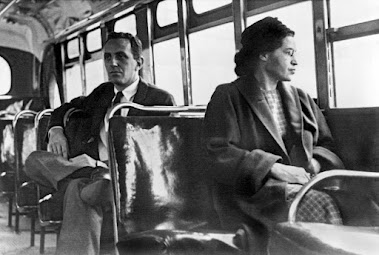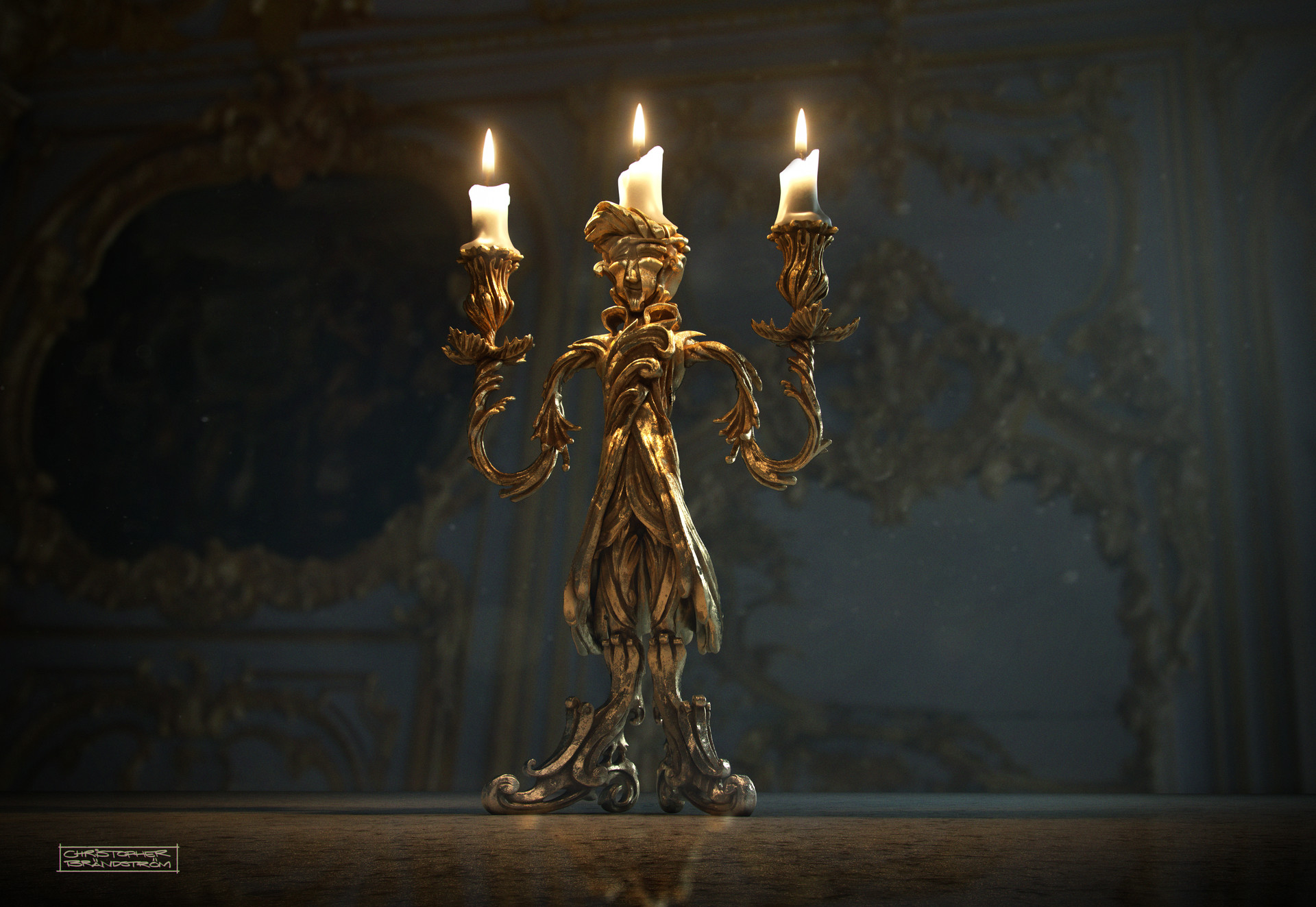St. Augustine, Florida
Thursday, March 31, 2022
The Castillo de San Marcos is the oldest masonry fort in the continental United States. It is located on the western shore of Matanzas Bay, on the way to the Ponce De Leon bridge. The monument was designed by the Spanish engineer Ignacio Daza, with construction beginning in 1672, 107 years after the city's founding. The fort's construction was ordered by Governor Francisco de la Guerra y de la Vega after a raid of the English in 1668 destroyed much of the existing wooden fort. Under the administration of Guerra, the first coquina stones were laid in 1672. The construction of the current fortress was completed in 1695, though it has undergone many alterations and renovations over the centuries.
https://www.nps.gov/casa/index.htm
Exterior Photo 1
Exterior Photo 2
Artifact Photo 1
The photo above shows a zoomed-in angle of the coquina stone used to build the fort. In the waters of coastal Florida resides tiny coquina clams. They are small pink, lavender, yellow or white shells that are most generally spotted along the waterline at the beach. When the clams died, the shells accumulated in layers for thousands of years forming submerged deposits several feet thick. The shells were eventually exposed to air and rain which caused them to be covered with soil, then trees, and other forms of vegetation. Through the vegetation and soil, it picked up carbon dioxide and became carbonic acid. As the acid-soaked through the layers of the shells, it dissolved some of the calcium in the shells producing calcium carbonate. The material then "glued" the shell fragments together into a limestone known as coquina.
While the Spanish had ownership of Castillo de San Marcos, they began the construction of the monument. The coquina stone was quarried at present-day Anastasia State Park. Military engineers and stonemasons were brought in from Spain and oyster shells were burned into lime and mixed with sand and water to create mortar. Slowly, the walls had risen.
Coquina stone had changed St. Augustine. The rock made out of seashells turned out to be an excellent building material and has been used on many other structures around town.
Artifact Photo 2
Pictured above are seven cast iron howitzers of various sizes. Howitzers are generally large ranged weapons between a cannon and a motor. Cannons are smaller and have higher velocity shells fired at flatter trajectories while mortars fire at higher angles of ascent and descent. There are multiple howitzers placed around the fort that were used to protect the individuals inside and fight against the enemies.
The first artillery identified as howitzers developed in the late sixteenth century as a medium trajectory weapon. Originally intended for use in siege warfare, they were particularly useful for delivering cast-iron shells filled with gunpowder or incendiary materials into the interior of fortifications. In the middle of the eighteenth century, a lot of European armies began to introduce howitzers that were mobile enough to accompany armies in the field.
Now, these howitzers aren't as common but are still active. The M198 is currently used in service with both the US Army and the Marine Corps though it is being replaced by the M777 ultra-lightweight 155mm howitzer in selected units.
Image in Conversation #1
https://www.usatoday.com/story/travel/destinations/2013/07/07/fort-sumter-national-monument-where-the-civil-war-began/2493645/
The attack on Fort Sumter marked the official beginning of the American Civil War, a war that lasted four years, cost the lives of more than 620,000 Americans and freed 3.9 million enslaved people from bondage. On April 12, 1861, forces of the Confederate States of America attacked the United States military garrison at Fort Sumter, South Carolina. Less than two days later, the fort surrendered. No one was killed.
Months earlier, seven states including South Carolina had seceded from the U.S. The attempts by President Buchanan to supply the U.S. troops at Fort Sumter had failed which led to new President Lincoln telling South Carolina's governor that he would try to supply the U.S. troops. At that moment, the governor of South Carolin demanded all troops to evacuate Fort Sumter immediately. Although, the troops did not evacuate until they faced overwhelming force causing them to surrender.
The Confederate victory at the Battle of Fort Sumter resulted in enormous support for military action.
Image in Conversation #2
https://www.historynet.com/weapons-of-world-war-i/
Rifles are long-barreled firearms designed for accurate shooting. They are typically designed to be held with both hands and braced firmly against the shooter's shoulder via a buttstock for stability during shooting. Rifles are used extensively in warfare, self-defense, law enforcement, crime, hunting, and shooting sports.
The origin of rifles is difficult to trace, but some of the earliest practical experiments seem to be carried out in Europe during the 15th century. They were created as an improvement in the accuracy of smoothbore muskets. In World War I, all of the world's armies were equipped with bolt-action rifles. The Russian Empire produced the world's first battle rifle and only about 100 were produced and used during the war before the Russian Civil war forced Russia to withdraw its forces in 1917. During the battle of World War II, the battle rifle was of major significance with the United States, Soviet Union, Nazi Germany, and Imperial Japan all producing them in some capacity. Since then, rifles are used in a lot of events and are currently still used as a major military weapon.
Literature in Conversation
During my visit to the Castillo, as a class, we learned about the fort walls and what they were able to provide for the individuals inside. The walls served as a protective barrier from the others on the other side trying to enter and cause chaos. While there, I thought about Parable Of The Sower by Octavia E. Butler because the individuals there live within a wall. On page 8, Lauren had written in her journal "That was before Dad's parents were robbed and murdered. Before there was a neighborhood wall. Crazy to live without a wall to protect you", this demonstrates that the wall in their community served the purpose of protecting the families from the dangerous people on the outside (Butler 8). Both of the locations supply a barrier from the outside world to help protect individuals from what could occur if it were not there or at least to help limit the amount of danger.
Creative Component
This is an acrostic poem about losing someone who has fought in battle. The emotions and experiences felt by the loved ones.





























